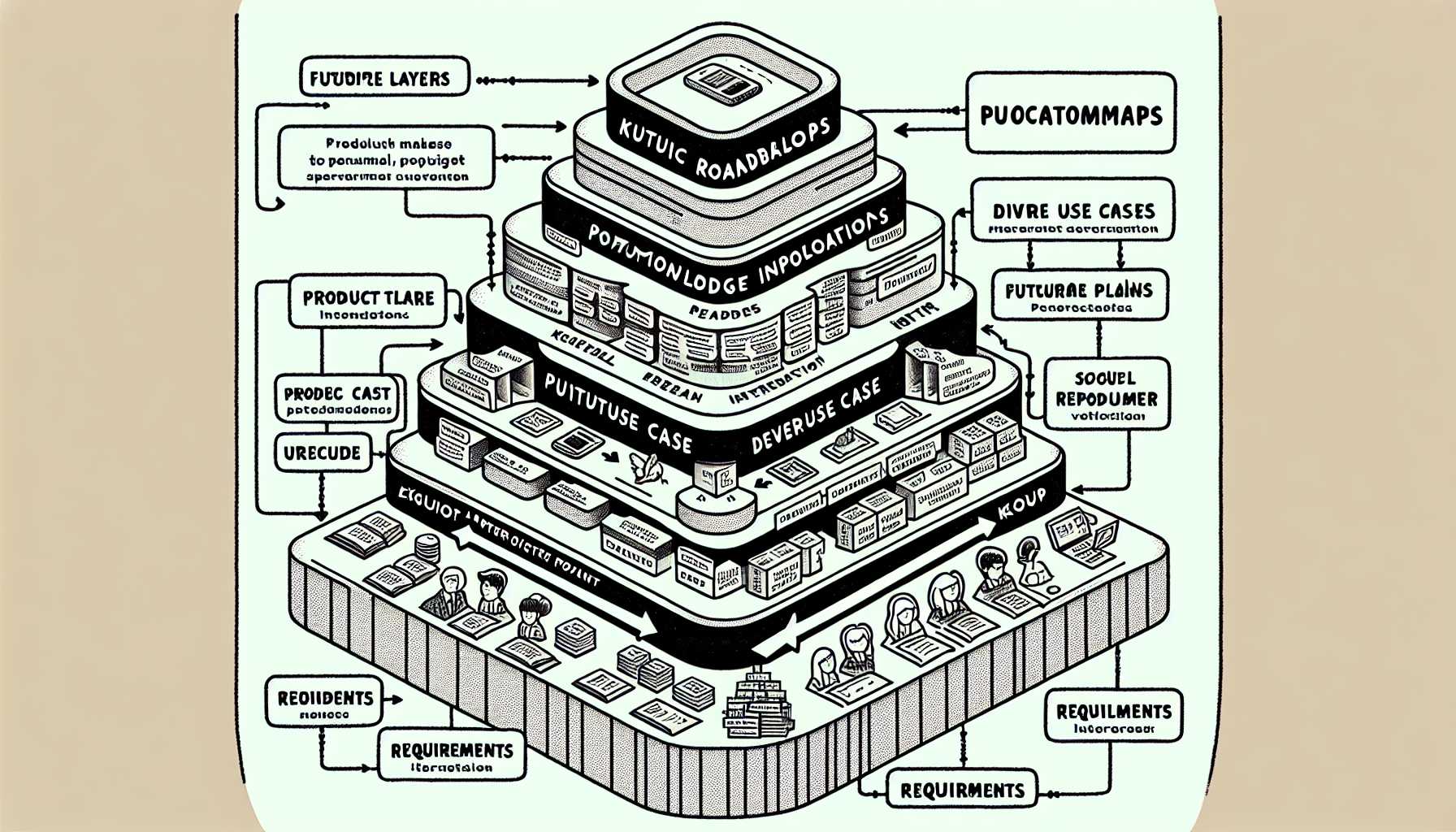Managing Product Knowledge: A Guide to Empowering Your Team
Greetings, veterans of the product management battleground. Today, I aim to shed light on a pivotal aspect of our craft—managing product knowledge within your team. Through anecdotes and lessons learned, I will walk you through frameworks and strategies for ensuring your team is fortified with the insight needed to steer your product to victory.
Documenting the Saga: The Role of Knowledge Bases
Firstly, let’s talk documentation. In my experience, a well-maintained knowledge base is the cornerstone of a robust product knowledge management strategy. I have seen products falter due to poorly documented specs or lost historical context. We championed the use of platforms like Confluence and Notion to create a single source of truth; this empowered our team with coherent and accessible product understanding.
However, one critical learning was not to over-rely on documentation. The granularity of details mattered—as did identifying what was critical to document and what was noise. Therefore, we developed a ‘Documentation Pyramid’ principle: at the peak were strategic visions and roadmaps, mid-layer comprised personas and use cases, and the base held detailed requirements and meeting notes.
Spreading the Gospel: Training and Engagement
Product knowledge isn’t just about having information available—it’s about ensuring it’s internalized. I recall setting up product training sessions mimicking ‘escape rooms,’ where teams had to solve problems using their product knowledge. This not only solidified understanding but also fostered a collaborative team culture.
Furthermore, we prioritized continuous engagement through regular ‘Product Days’ where team members could showcase learnings or feature explorations, sometimes leading to unexpected yet valuable product insights.
Constant Conversations: Agile Ceremonies and Beyond
Within Agile workflows, ceremonies play a crucial part in knowledge dissemination. During sprint reviews and retrospectives, we used a ‘Three Hats’ approach—where participants would wear the hat of a developer, a user, or a business stakeholder to discuss features from various angles, ensuring a multi-faceted knowledge exchange.
Acquiring and Absorbing Customer Insights
A product team disconnected from customer feedback is like a ship without a compass. My teams would engage directly with customer services and UX researchers. We established ‘Customer Feedback Loops’ where insights were streamlined and aligned with product backlogs, thus maintaining a knowledge flow that was customer-centric.
The Library of Integrations: Bridging Systems and Tools
Our tools and systems also play a pivotal role. I’ve used everything from JIRA to Trello, and while each has its merits, the key lay in integrations. For instance, connecting our customer support software with our project management tool allowed real-time insight into customer issues to parallel with ongoing tasks.
We also explored AI-powered tools to analyze large volumes of data for pattern recognition, often leading to preemptive knowledge creation that we could utilize in our product features or support cases.
Mentorship and Knowledge Guardians
Finally, let’s not neglect the human factor. Assigning ‘Product Knowledge Guardians’—team members responsible for maintaining and championing particular product areas—ensured continuity and a point of knowledge escalation.
Mentorship programs, wherein seasoned product managers shared their insights and experiences, proved invaluable; nothing can supplant the lessons learned in the trenches. I’ve personally mentored several PMs, and the two-way knowledge transfer has often enlightened my approach to product challenges.
Managing product knowledge is a multi-pronged endeavor. It requires balancing the archival of information with the experiential aspects of knowledge dissemination. My journey has taught me that it’s not just about the tools or systems we use, but also how we embed a culture of continuous learning and collective wisdom within our teams.
How do you maintain and manage product knowledge within your team? What approaches have you found most successful, or which pitfalls have you learned to avoid? Let’s enrich our collective understanding by sharing insights below. Together, we enrich the very fabric of product management wisdom.
Until next time, keep building and keep sharing.

